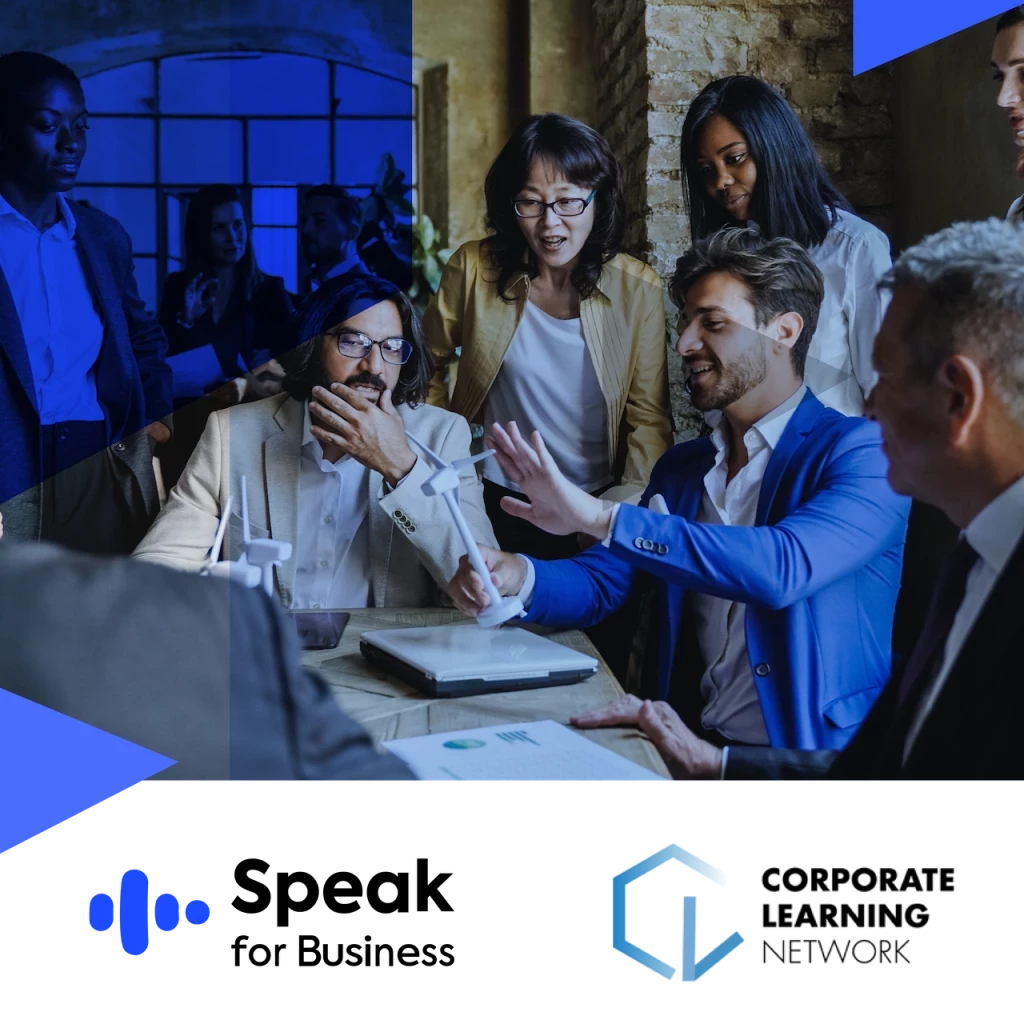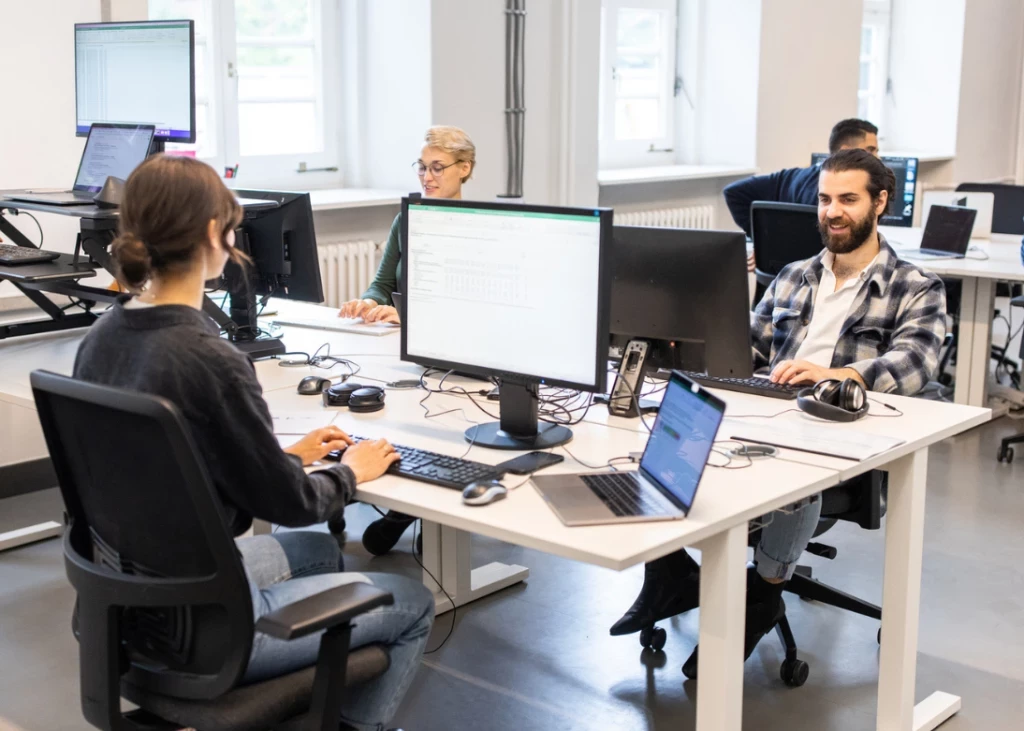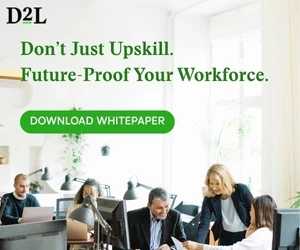
Our world has changed so much in a year. COVID-19 has gripped the planet and forced people in all walks of life to re-examine what they are doing daily, to abandon the unneeded and embrace the things that work and matter most in their respective lives. Organizations are having to embrace that strategy as well. It can be felt across the board, especially in the learning organizations.
In many cases, employees are remote and are required to learn in new ways… all while the company is finding its traditional forms of content transmission must adapt to this new reality.
Out of that, the Corporate Learning Network as devised the next iteration of Corporate Learning Week. This year’s event is all virtual and offers sessions on four non-consecutive days: March 9, 16 & 23. The fourth day features a series of master classes and an interactive group discussion focused on the management principles of Peter F. Drucker.
One of our featured speakers is Ken Hubbell. He’s the Senior VP of Instructional Design, Strategy and Innovation at Wells Fargo. Being a leader of one of the world’s most recognizable and influential brands, we asked him to look at the current trends and provide learning leaders like you a path forward into a successful 2021.

Ken Hubbell
SVP - Instructional Design, Strategy & Innovation
Wells Fargo
Speaker Spotlight
What’s the most significant challenge facing learning leaders right now?
The most significant challenge facing us as learning leaders today is the accurate assessment of upskilling requirements as our organizational lines of business must adapt to an extended and possibly permanent remote workforce.
What’s the solution(s) to that challenge?
The solution to upskilling for a remote workforce is a multi-stage process. First, it requires a reassessment of the responsibilities and skills required for each role. Second, it must address the environmental conditions of the remote workforce and its impact on both the performance of the employee as well as the conditions for learning new or updated skills and behaviors. Third, it must adapt any in-person training, coaching and mentoring to a blend of virtual, simulated, online, and mobile content depending on availability. While many of us have attempted to achieve this blend in the past, the in-person component was our failsafe or fallback plan for topics deemed too difficult for any of the other formats. The new remote workforce has forced us into foregoing this backup strategy and we are now tied solely to the online modalities.
What’s your approach to leading the learning function?
As a learning leader, I ensure alignment with the goals of our businesses. This means assembling teams of learning professionals with the best skills to creative effective solutions efficiently. It also means proactively upskilling my organization in preparation for current and future content demands regardless of tool or platform for delivery. It also means creating new tools to produce training where existing tools are not capable.
What new strategies or technologies excite you most in this field?
Some of the most exciting strategies and technologies in the learning field that energize me and my team are in the areas of adaptive learning, artificial intelligence, virtual reality, augmented reality, and human augmentation through the application of advanced performance support. We are very close to an “Ender’s Game” or “Ready Player One” scenario where the employee is engaged in their role while being fed continuous learning and feedback integrated seamlessly with their everyday activities.
What are you most curious about?
My favorite curiosity these days revolves around the subject of human augmentation and a concept I refer to as “There is no I, but there is AI in Team.” We are at a time where AI and robotics are not dystopian replacements for humans, but rather teammates working with us to create products and services previously too costly, too dangerous, or too physically or mentally impossible to achieve before. I believe learning to work with the machines will make us better people and allow us all to make a better world.





















